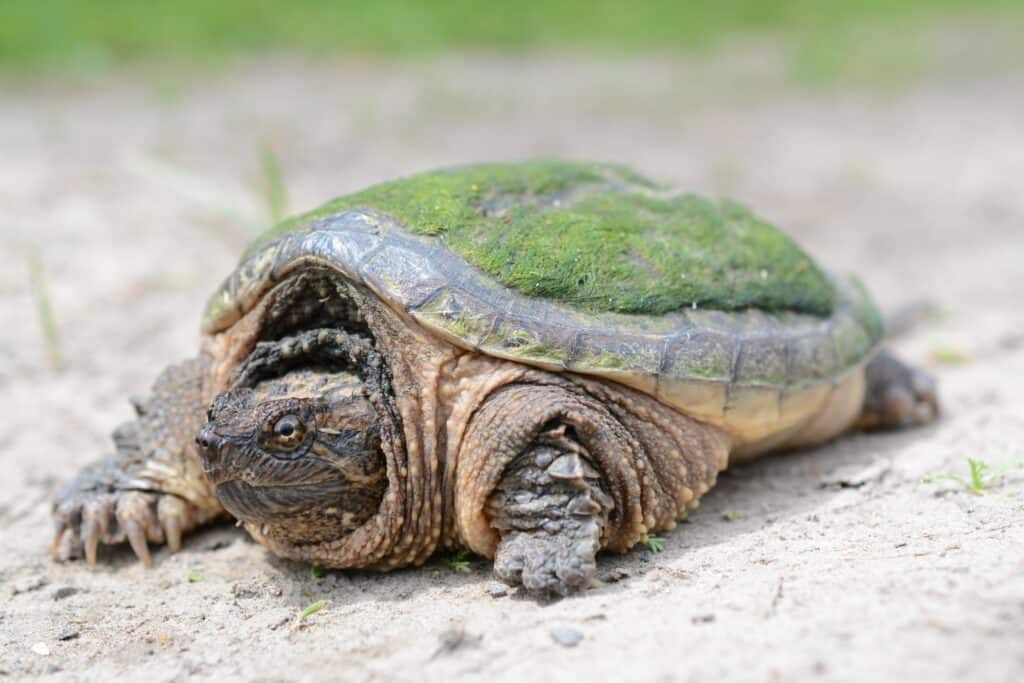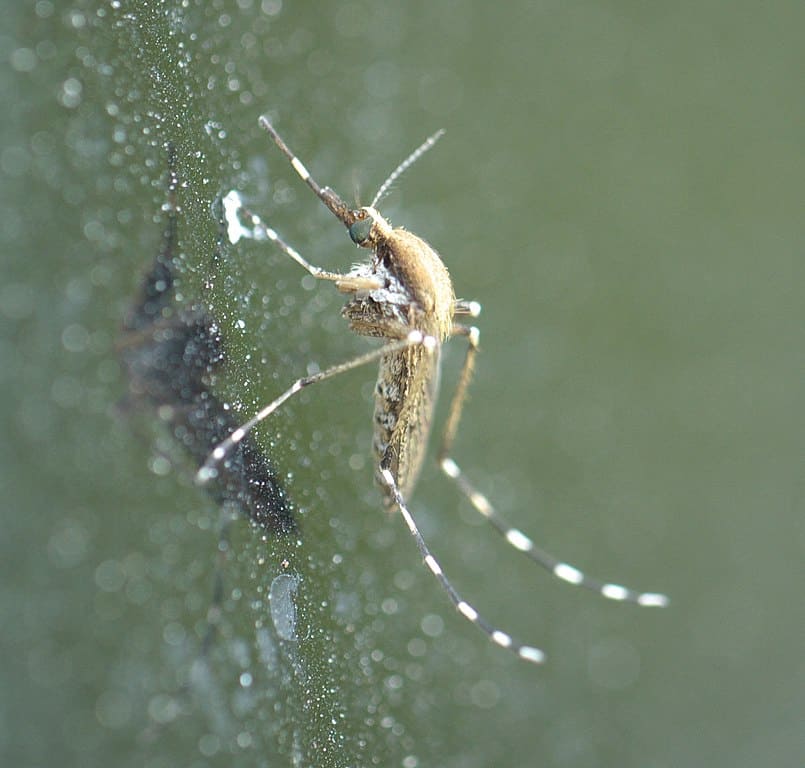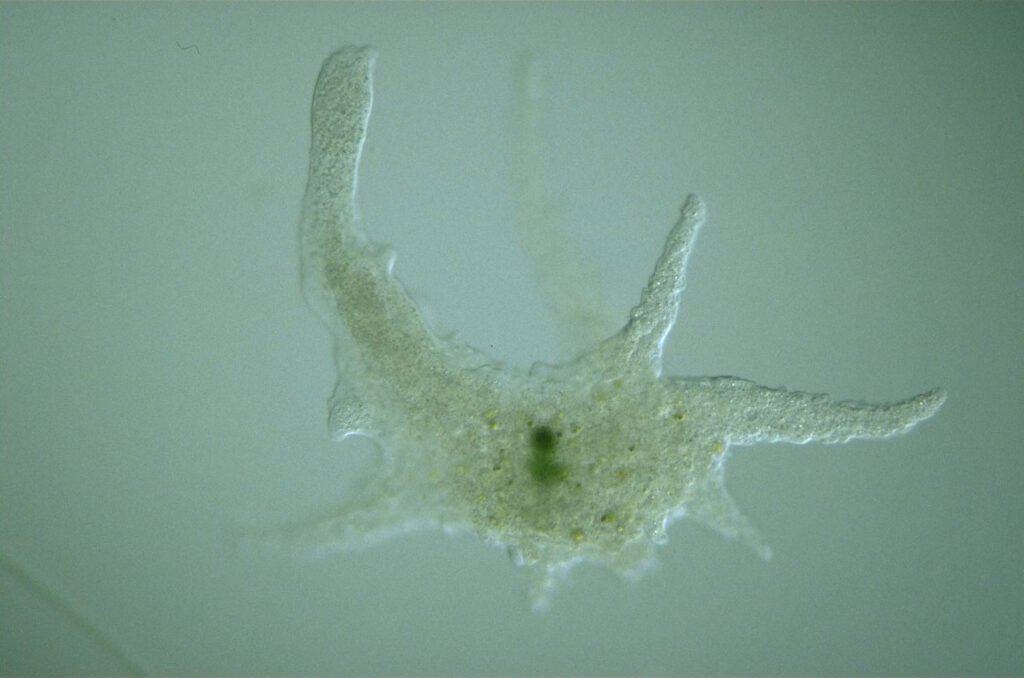Minnesota is well known for its bodies of water, with more than 10,000 lakes and countless rivers and streams. As beautiful as these natural places are, however, these waters also harbor some dangerous animals and other nefarious creatures. From venomous snakes and spiders to invasive mussels and biting insects, here are some of the most dangerous animals lurking in Minnesota’s lakes and rivers!
Dangerous Animals in Minnesota’s Lakes and Rivers

To be as accurate as possible, our list is in two categories: animals IN the lakes and rivers and animals NEAR the lakes and rivers. As our title suggests, much of our focus will be on the animals in the lakes. However, we will also briefly cover a few of the animals that are dangerous to humans near the lakes. Additionally, our list covers animals and creatures dangerous to humans, not necessarily other animals. Let’s get started!
Quagga Mussel

Quagga mussels are invasive and found throughout the water systems of Minnesota.
©Chris Dale/Shutterstock.com
First on our list is a bit of a surprise: the quagga mussel! The quagga mussel is an invasive freshwater mollusk originating from Eurasia and introduced to North America through the ballast water of ships. This species can cause serious ecological and economic damage by filtering large amounts of water and removing plankton, which is the food source for many native fish and other aquatic animals. Quagga mussels can also clog water intake pipes, and damage boats and equipment. Moreover, it can alter the nutrient cycle of lakes and rivers.
Aside from damaging infrastructure, quagga mussels can accumulate pollutants in their tissues, which can pose a health risk to humans and wildlife that consume them, effectively becoming a real danger to humans.
Snapping Turtles

Snapping turtles can’t kill a human, but they can definitely hurt!
©Trevor Meunier/Shutterstock.com
The snapping turtle is a large freshwater turtle that can have a shell that can grow up to 18 inches in length and weigh up to 35 pounds. Most species of turtle aren’t a real threat to humans, but the snapping turtle is famous for its powerful bite that can instantly clip off a finger or toe. The snapping turtle is found throughout Minnesota in habitats including ponds, lakes, marshes, rivers, and creeks. It is mostly aquatic, but it may venture on land to lay eggs or find new water sources. Although they are a potential danger to humans, they don’t specifically target them.
Mosquitos

Mosquitos can carry dangerous diseases and viruses.
©xpda / CC BY-SA 4.0 – License
Though not animals, mosquitos are a sneaky entrant on our list, but they most certainly deserve a place. As most people know, mosquitos are small flying insects that feed on blood and can transmit diseases to humans and animals. Minnesota has about 50 different species of mosquitoes, but only a few are capable of spreading diseases such as West Nile virus and La Crosse virus. Mosquitoes breed in standing water and are most active at dawn and dusk. They are attracted to carbon dioxide, body heat, and other factors that vary among certain species. Mosquito bites can cause itching, swelling, and allergic reactions. The best way to prevent mosquito bites is to wear long sleeves and pants, use repellents, and avoid areas with high mosquito activity, especially during active hours.
Amoeba

Amoebas can be fatal if a human gets water in the wrong places.
©dr.Tsukii Yuuji / Creative Commons – License
Like the mosquito, the amoeba isn’t easily seen, but it is extremely dangerous in the right contexts. The amoeba is a microscopic organism that can cause a rare but deadly brain infection called primary amebic meningoencephalitis (PAM). This amoeba, called Naegleria fowleri, lives in warm freshwater and can enter the body through the nose when someone swims or dives in contaminated water. The amoeba then travels to the brain and destroys brain tissue, causing symptoms such as headache, fever, nausea, vomiting, stiff neck, confusion, seizures, and hallucinations. The infection is almost always fatal within a few days. The amoeba is commonly found in lakes in southern states, but it has also caused infections in more northern states, including Minnesota. The best way to prevent the infection is to avoid going underwater or plugging the nose when swimming in warm freshwater, although it isn’t a perfect solution.
Dangerous Animals Near Minnesota’s Lakes and Rivers
Besides some of the creatures that can be found in the water, a few animals are often found living around the water in Minnesota. Here are a few of the most common:
- Black bears
- Wolverines
- Timber rattlesnakes
- Massasauga rattlesnakes
- Spiders, including black widows
- Ticks
- Wasps and other hornets
Summary of 4 Dangerous Animals Lurking in Minnesota’s Lakes and Rivers
| Animal | |
|---|---|
| 1 | Quagga Mussel |
| 2 | Snapping Turtle |
| 3 | Mosquitos |
| 4 | Amoeba |
The photo featured at the top of this post is © W. Naze/Shutterstock.com
Thank you for reading! Have some feedback for us? Contact the AZ Animals editorial team.






